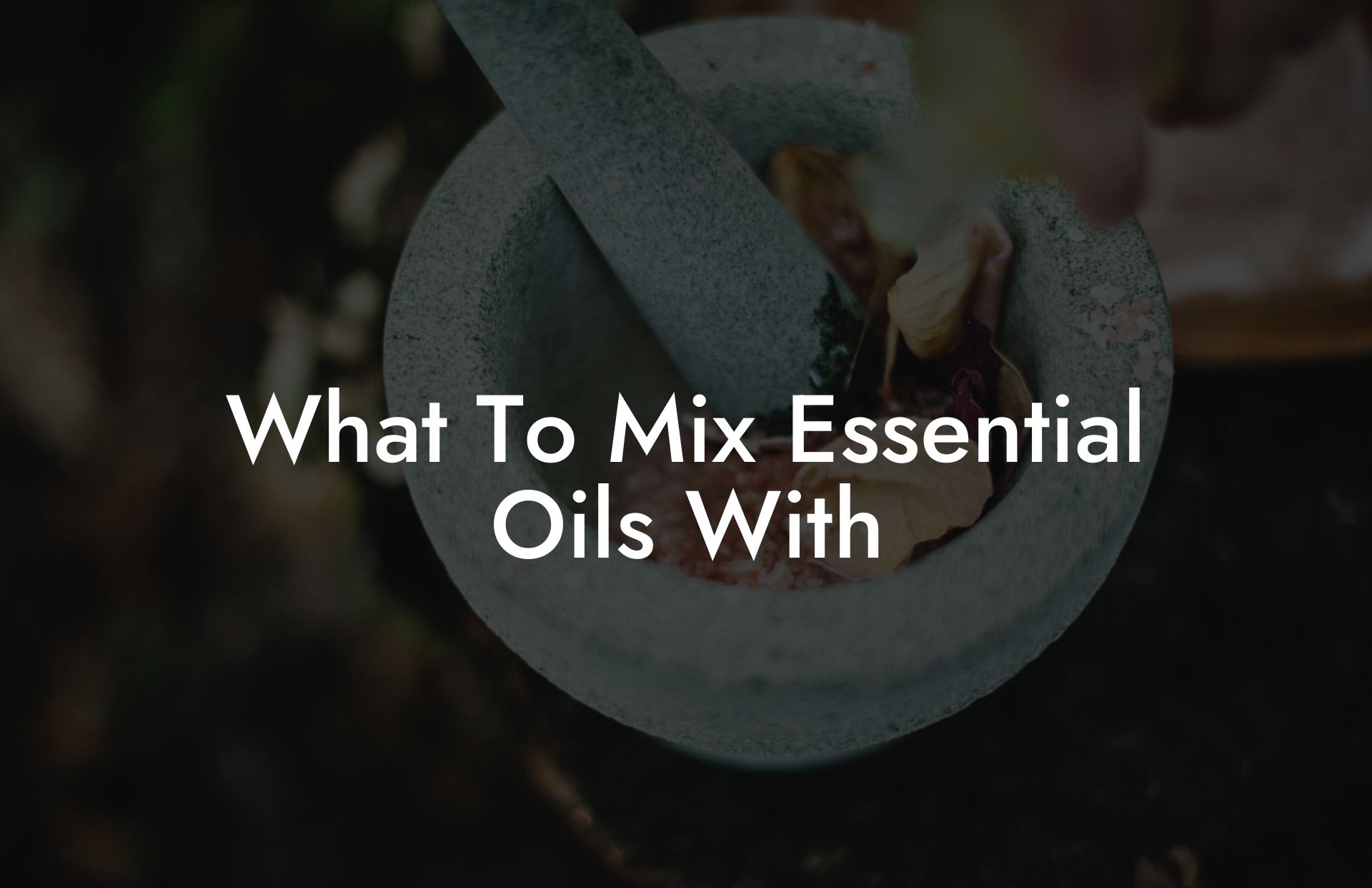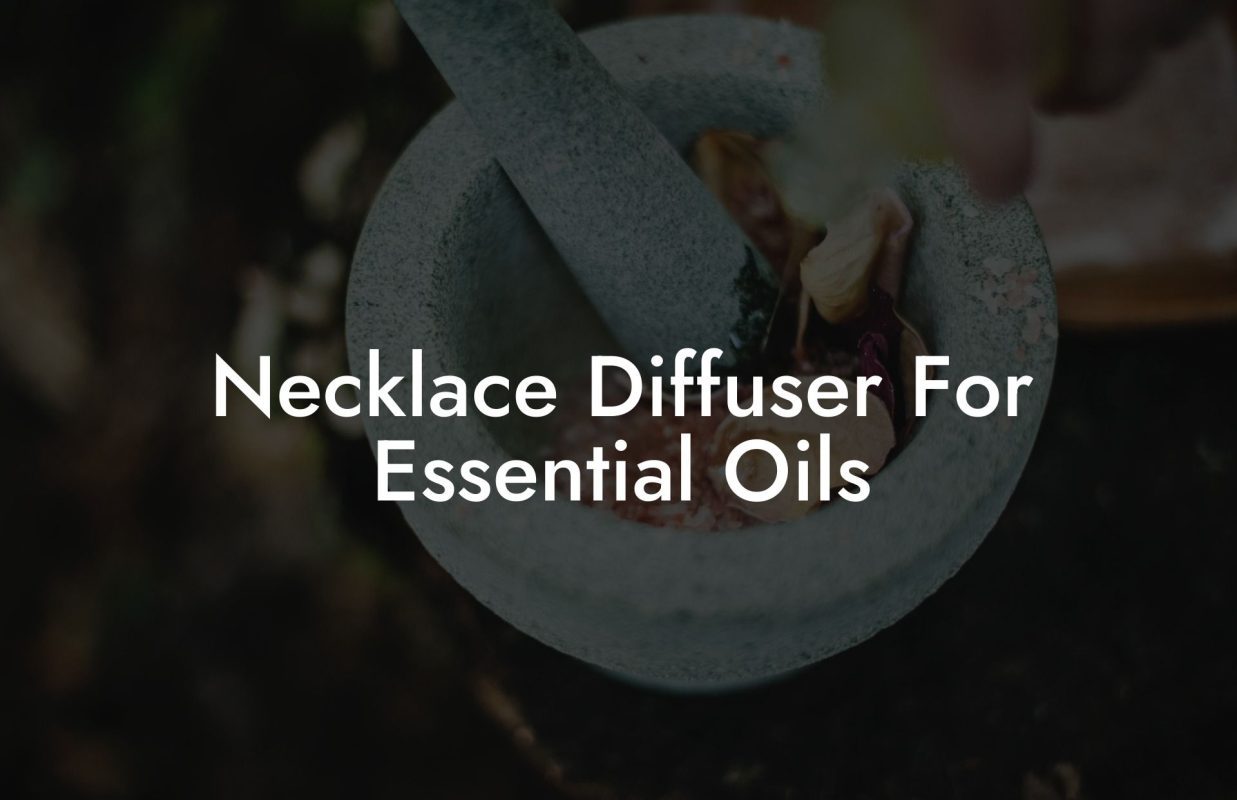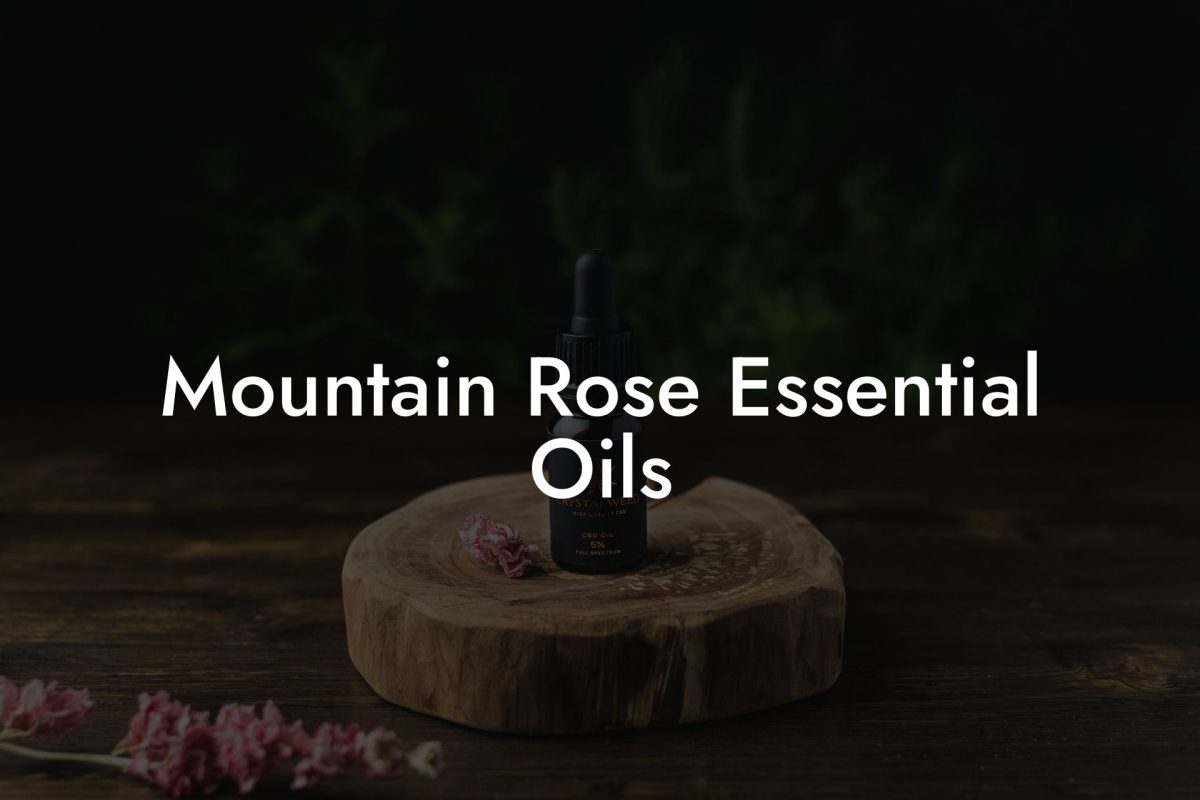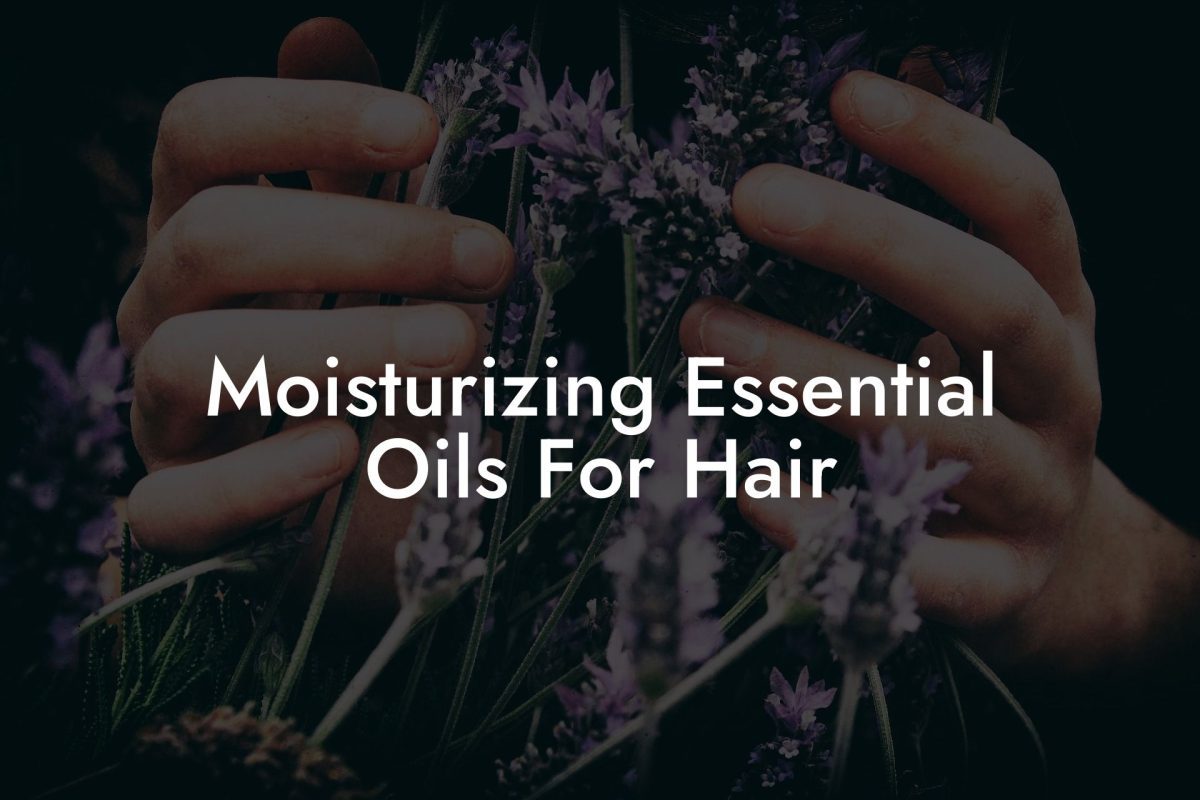Ever wonder how to create the perfect blend of essential oils or what to mix them with? Understanding proper techniques and the variety of carrier oils available can elevate your essential oil experience. In this blog post, we guide you through the basics of how to mix essential oils and the carrier oils best suited for various purposes.
Table of Contents
Understanding Essential Oils and Carrier Oils
Essential oils are highly concentrated extracts derived from plants, offering powerful therapeutic properties. However, due to their potency, they should be diluted before use to avoid irritations or other adverse effects. This is where carrier oils come into play.
Carrier oils are generally cold-pressed vegetable oils that “carry” the essential oil onto the skin, allowing for safe and effective topical application. They are an important part of aromatherapy and essential oil usage because they enable you to control the potency of a blend and provide additional benefits depending on the type of carrier oil you choose.
Popular Carrier Oils and Their Benefits
There are numerous carrier oils available, each offering unique properties. Here are some of the most popular carrier oils to mix with essential oils:
1. Coconut Oil
- Excellent moisturizing properties
- Rich in antioxidants and essential fatty acids
- Popular choice for mixing with essential oils due to its smooth texture and mild scent.
2. Jojoba Oil
- Closest to the skin’s natural sebum
- Provides excellent hydration and absorbs well into the skin
- Great for acne-prone or sensitive skin
3. Almond Oil
- Rich in vitamins E and B
- Lightweight, easily absorbed, and non-greasy
- Ideal for dry or irritated skin
4. Grapeseed Oil
- High in omega-6 fatty acids
- Non-comedogenic and anti-inflammatory
- Popular in massage therapy due to its light, silky texture
5. Olive Oil
- High in antioxidants, vitamins E and K
- Perfect for dry, cracked, and mature skin
- Heavier consistency than other carrier oils, making it suitable for longer-lasting topical treatments
How to Mix Essential Oils and Carrier Oils
When mixing essential oils with carrier oils, follow these general guidelines:
- Choose a suitable carrier oil based on your skin type and individual preferences.
- Use a glass dropper or a pipette to measure the essential oil.
- For a 1% dilution ratio, mix 1 drop of essential oil with 1 teaspoon of carrier oil. Adjust according to your needs and the potency of the blend you desire.
- Stir the mixture well to ensure proper blending, using a glass rod or a non-reactive container.
What To Mix Essential Oils With Example:
Imagine you are creating a relaxing and soothing blend to promote a peaceful sleep environment. For this, you decide to mix lavender essential oil with almond oil as the carrier. Following the 1% dilution guideline, you combine 1 drop of lavender essential oil with 1 teaspoon of almond oil. Mix the blend well and apply a small amount to the desired area of your skin or add it to your diffuser.
Now that you’ve learned the basics of mixing essential oils with carrier oils, you’re ready to explore the endless possibilities of creating your own custom blends. Remember to always dilute essential oils and choose carrier oils based on your skin type and intended use. Don’t forget to share this article with friends and family who may benefit from it and explore our other guides on Oshu Oils’ blog. To enhance your essential oil experience even further, be sure to check out the artisan essential oils available from Oshu Oils.





















